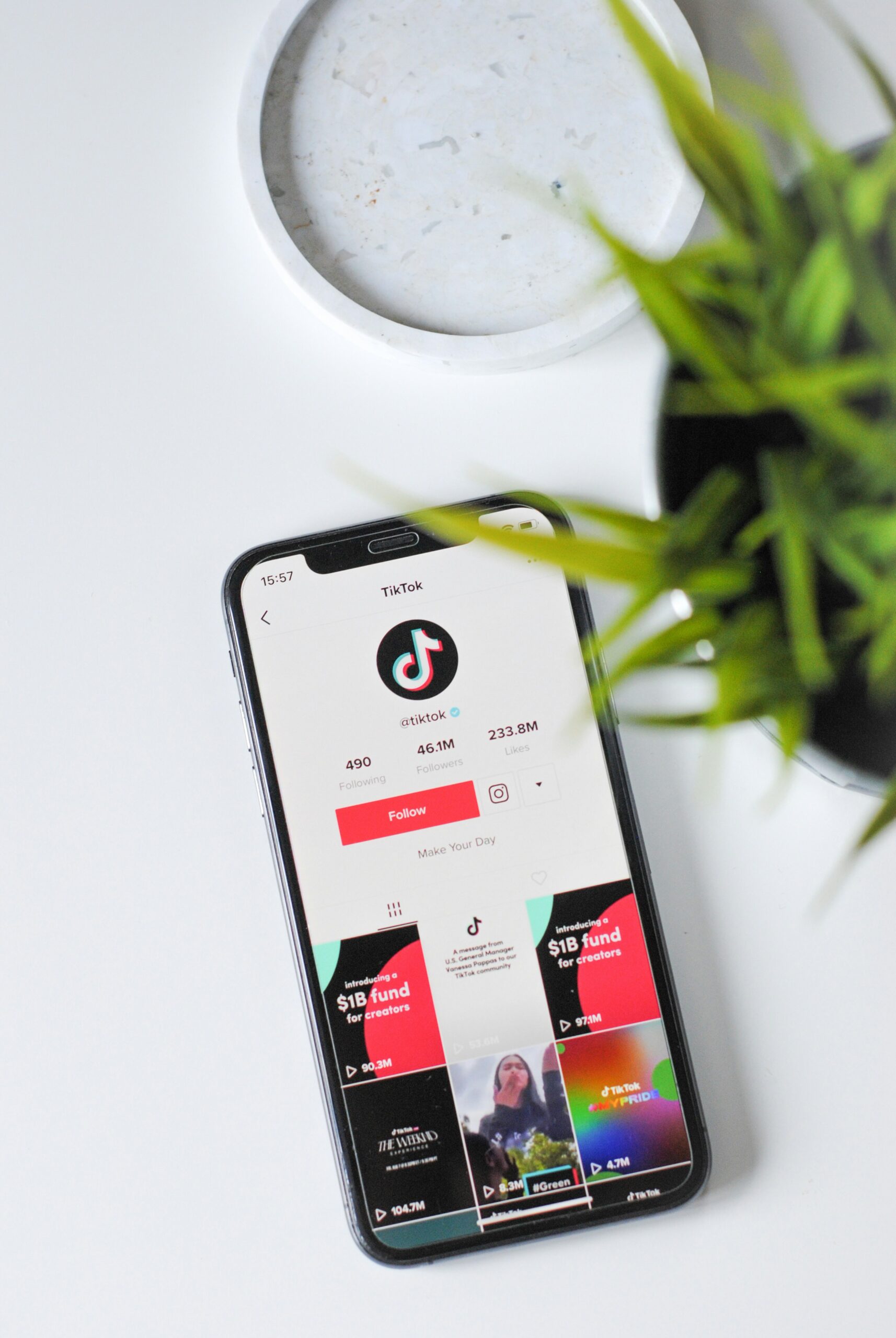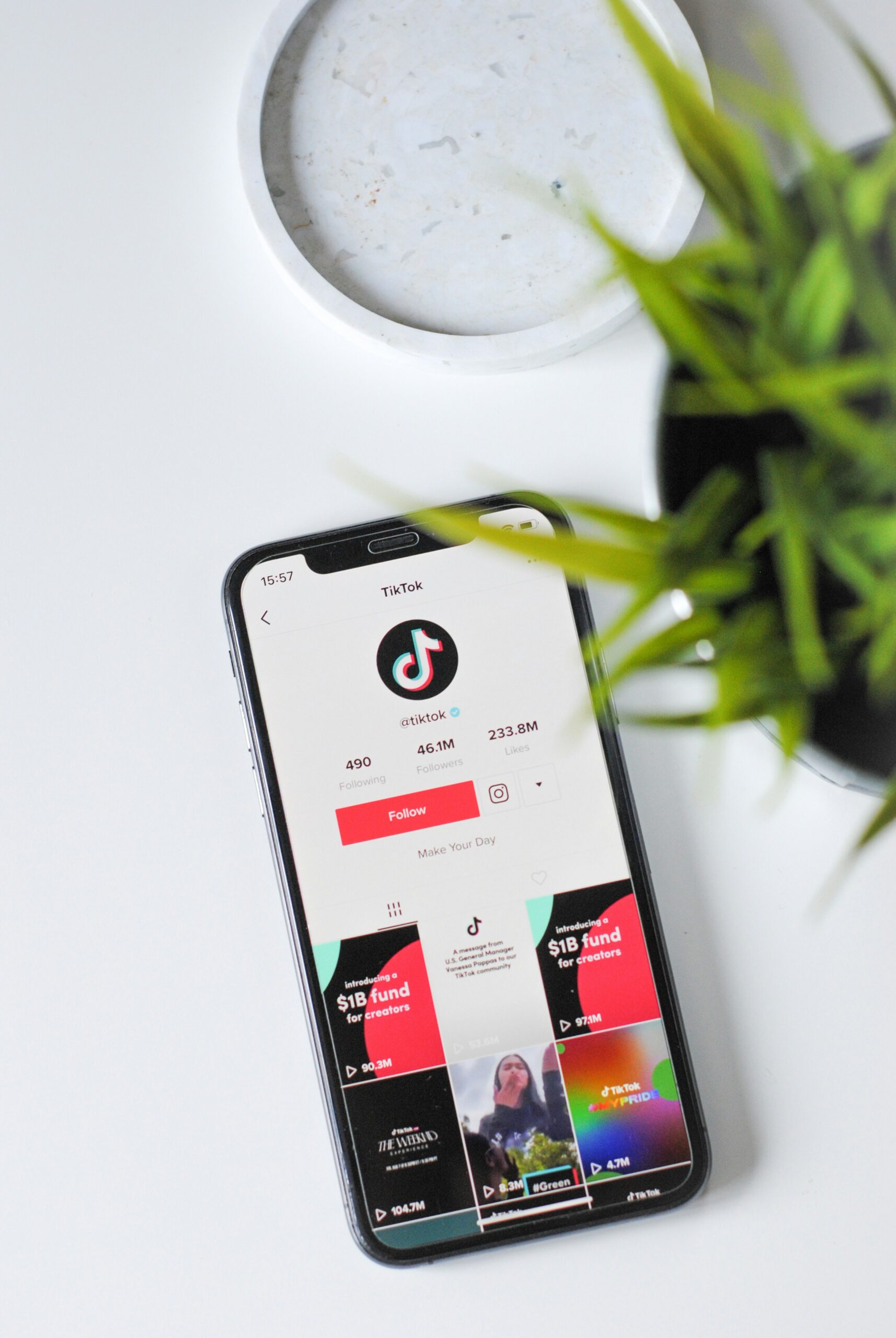
How to Create Engaging Facebook Ads That Convert
Understanding Your Target Audience
Creating engaging Facebook ads that convert begins with a deep understanding of your target audience. By comprehensively researching demographic information, interests, and behaviors, you can craft ads that resonate and compel action. Utilizing tools such as Facebook Audience Insights and other analytics platforms is crucial in gathering relevant data. These tools enable you to identify patterns and preferences within your potential customer base, ensuring your ads are tailored to their specific needs and desires.
One effective strategy is to define buyer personas, which are detailed profiles representing segments of your target audience. These personas should include key attributes such as age, gender, location, occupation, interests, and purchasing behaviors. By creating these profiles, you can better understand who your customers are and what motivates them. This information will guide the development of your ad content, ensuring it aligns with the preferences and expectations of your audience.
Additionally, it’s important to consider the psychographic aspects of your audience, such as their values, attitudes, and lifestyle choices. This deeper level of understanding helps in creating ads that not only attract attention but also evoke an emotional response, increasing the likelihood of conversion. By aligning your messaging and visuals with these psychographic factors, you can create a more personalized and impactful ad experience.
Another key aspect is to continuously monitor and analyze the performance of your ads. Utilize Facebook’s A/B testing features to experiment with different ad variations and identify which elements resonate most with your audience. This iterative approach allows you to refine your targeting and messaging over time, ultimately leading to higher engagement and conversion rates.
In summary, understanding your target audience is the foundation of creating Facebook ads that engage and convert. By leveraging demographic and psychographic data, defining buyer personas, and continuously analyzing ad performance, you can ensure your ads are highly relevant and effective in reaching your desired audience.
Crafting Compelling Ad Copy
Creating ad copy that captures attention and drives conversions is an essential component of any successful Facebook advertising campaign. The first step in crafting compelling ad copy is to focus on the headline. The headline is the first thing users see, and it must be clear, concise, and engaging. A well-crafted headline should immediately convey the core message and value proposition of the ad, enticing users to read further. Consider using numbers, questions, or bold statements to make the headline more eye-catching.
The body text of the ad should build on the promise made in the headline. It should be concise yet informative, providing enough detail to persuade users to take action. Use language that resonates with your target audience, addressing their needs, pain points, and desires. Incorporate emotional triggers and benefits rather than just features to create a deeper connection. Remember, the goal is to convey the value of your product or service in a way that is both engaging and easy to understand.
Tone and language are crucial elements of effective ad copy. The tone should align with your brand’s voice and the expectations of your audience. For instance, a playful and casual tone might work well for a lifestyle brand, while a more formal and authoritative tone could be appropriate for a financial service advertisement. Additionally, use simple and direct language to ensure your message is accessible and easily understood by a broad audience.
A strong call-to-action (CTA) is vital for converting interest into action. The CTA should be clear and compelling, guiding users on what to do next. Phrases like “Shop Now,” “Learn More,” or “Get Started” can effectively prompt users to click through your ad. Tailor your CTA to match the action you want users to take, ensuring it aligns with the overall message of the ad.
To optimize your ad copy, consider A/B testing different versions to see what resonates best with your audience. Test variations in headlines, body text, and CTAs to identify which combinations yield the highest engagement and conversion rates. By continually refining and testing your ad copy, you can enhance its effectiveness and drive better results for your campaigns.
Designing Eye-Catching Visuals
Visuals are a cornerstone of engaging Facebook ads, playing a critical role in capturing attention and driving conversions. High-quality images and videos are essential, as they not only enhance the aesthetic appeal of your ads but also reflect your brand’s professionalism and credibility. To create visually appealing content, it’s important to follow certain guidelines and best practices.
Firstly, opt for high-resolution images that are clear and sharp. Blurry or pixelated visuals can detract from your message and reduce the ad’s effectiveness. Ensure that the images you select are relevant to your product or service and resonate with your target audience. Incorporating human faces in your visuals can also be highly effective, as people tend to connect more with ads that feature relatable, human elements.
Color psychology plays a significant role in the effectiveness of your Facebook ads. Different colors evoke different emotions and responses. For instance, blue can instill a sense of trust and calm, while red can evoke excitement and urgency. Align the color scheme of your visuals with the emotions you wish to convey and ensure consistency with your brand’s overall color palette. This coherence helps in building brand recognition and trust among your audience.
Video ads are becoming increasingly popular on Facebook, thanks to their dynamic nature and higher engagement rates. Short, compelling videos that highlight key features of your product or service can be highly effective. Focus on creating videos that are visually engaging from the first few seconds, as this is crucial in capturing the viewer’s attention in a fast-scrolling environment. Utilize captions or text overlays to ensure your message is conveyed even when the video is viewed without sound.
In summary, the effectiveness of your Facebook ads is significantly influenced by the quality and appeal of your visuals. By using high-quality images, understanding the impact of color psychology, and incorporating engaging video content, you can create ads that not only capture attention but also drive conversions.
Utilizing Facebook Ad Formats
When crafting engaging Facebook ads that convert, understanding and leveraging the diverse range of ad formats available is crucial. Facebook offers multiple ad formats, each tailored to accommodate different campaign goals and audience preferences. These formats include image ads, video ads, carousel ads, and several others, each with distinct strengths and optimal use cases.
Image Ads: These are one of the most straightforward and widely used formats. Ideal for driving awareness and engagement, image ads are perfect for showcasing single products or offers. To optimize image ads, ensure high-quality visuals, compelling copy, and a clear call-to-action (CTA). A well-designed image ad can quickly capture attention and drive clicks.
Video Ads: Video content is highly engaging and can convey complex messages more effectively than static images. Video ads are excellent for storytelling, product demonstrations, or sharing customer testimonials. To maximize the impact of video ads, keep them concise, make the first few seconds captivating, and include subtitles for viewers who may watch without sound. This format is particularly effective for increasing brand awareness and driving higher engagement rates.
Carousel Ads: Carousel ads allow advertisers to display multiple images or videos within a single ad unit, each with its own link. This format is ideal for showcasing a variety of products, features, or different aspects of a single offering. Carousel ads can increase interaction by enabling users to swipe through the content. Optimize carousel ads by ensuring each card is visually appealing and tells a part of a cohesive story or theme.
Other notable formats include Collection Ads and Slideshow Ads. Collection ads combine images, videos, and product catalogs, providing an immersive shopping experience directly within the Facebook platform. Slideshow ads, on the other hand, offer a lightweight alternative to video ads, using a series of images to create video-like motion.
Choosing the right ad format depends on your specific campaign goals and the preferences of your target audience. For brand awareness, video and image ads might be most effective, while carousel and collection ads are better suited for showcasing multiple products or features. By tailoring your choice of ad format to align with your objectives, you can significantly enhance engagement and drive conversions.
Leveraging Facebook Ad Targeting Options
Maximizing the effectiveness of your Facebook ads involves utilizing the platform’s advanced targeting options to ensure that your content reaches the most relevant users. One of the most powerful tools at your disposal is the creation of custom audiences. Custom audiences allow you to target individuals who have already interacted with your business, be it through your website, app, or even offline activities. By focusing on users who have shown interest in your products or services, you can significantly enhance the likelihood of conversions.
In addition to custom audiences, Facebook’s lookalike audiences offer another layer of precision targeting. Lookalike audiences are generated based on characteristics of your existing customers, enabling you to reach new users who share similar behaviors and interests. This targeting method is particularly effective for expanding your reach while maintaining relevance, as it leverages Facebook’s vast data to identify potential customers who are likely to engage with your ad content.
Detailed targeting further refines your audience by allowing you to specify criteria such as demographics, interests, and behaviors. This granular approach enables you to segment your audience into smaller, more specific groups, and tailor your ads accordingly. For instance, if your product appeals to a particular age group or geographic location, detailed targeting helps you concentrate your ad spend where it is most likely to yield results.
Effective audience segmentation is crucial for improving ad performance and return on investment (ROI). By combining various targeting options, you can create a multi-faceted strategy that addresses different segments of your audience with personalized messages. Regularly analyzing the performance of these segments allows you to make data-driven adjustments, ensuring that your targeting remains aligned with your campaign objectives.
In summary, leveraging Facebook’s advanced targeting options, including custom audiences, lookalike audiences, and detailed targeting, is essential for crafting engaging ads that convert. By strategically segmenting your audience and continuously refining your targeting, you can optimize ad performance and maximize ROI.
Setting a Budget and Bidding Strategy
A well-defined budget and a strategic bidding approach are pivotal to the success of your Facebook ad campaign. Establishing a realistic budget ensures that your campaign reaches the desired audience without exceeding financial constraints. The first step involves determining how much you are willing to spend daily or over the entire duration of the campaign. It is advisable to start with a modest budget, especially if you are new to Facebook advertising, and adjust as you gain insights into ad performance.
Facebook offers various bidding strategies tailored to different campaign goals. If your primary objective is to drive traffic to a website, cost-per-click (CPC) might be the most suitable option. This strategy charges you each time someone clicks on your ad, making it ideal for campaigns focused on generating leads or sales. Alternatively, if brand awareness is your goal, cost-per-impression (CPM), which charges for every thousand impressions, can effectively maximize your ad’s visibility. For actions such as app installs or conversions, cost-per-action (CPA) provides a cost-effective solution by charging only when the specified action is completed.
Choosing the right bidding strategy requires a clear understanding of your campaign objectives and target audience. Facebook’s automatic bidding option can be a useful tool, especially for beginners, as it optimizes bids to achieve the best possible results within your budget constraints. However, more experienced advertisers might prefer manual bidding for greater control over bid amounts.
Monitoring and adjusting your budget and bidding strategy is crucial to optimizing your ad spend. Regularly reviewing campaign performance data allows you to identify which ads are performing well and which are not, enabling you to reallocate budget accordingly. Additionally, Facebook’s Budget Optimization feature can help distribute your budget across different ad sets in real-time, ensuring that funds are directed towards the highest-performing ads.
By carefully setting a budget and selecting an appropriate bidding strategy, you can enhance the effectiveness of your Facebook ad campaigns, ensuring that each dollar spent contributes to achieving your advertising goals.
Analyzing Ad Performance and Metrics
Tracking and analyzing the performance of your Facebook ads is essential for continuous improvement and achieving higher conversion rates. Key metrics such as click-through rate (CTR), conversion rate, and return on ad spend (ROAS) play a vital role in assessing the effectiveness of your ad campaigns.
The click-through rate (CTR) measures the percentage of people who clicked on your ad after seeing it. A higher CTR indicates that your ad is compelling and relevant to your target audience. To calculate CTR, divide the number of clicks by the number of impressions and multiply by 100. This metric helps you understand how well your ad captures attention and drives traffic to your website or landing page.
Conversion rate is another crucial metric that quantifies the percentage of users who completed a desired action, such as making a purchase or signing up for a newsletter, after clicking on your ad. To determine the conversion rate, divide the number of conversions by the number of clicks and multiply by 100. This metric provides insights into the effectiveness of your ad in driving meaningful actions from your audience.
Return on ad spend (ROAS) measures the revenue generated for every dollar spent on advertising. It is calculated by dividing the total revenue generated by the total ad spend. A higher ROAS indicates a more profitable ad campaign. Monitoring ROAS helps you understand the financial efficiency of your ads and make informed decisions about budget allocation.
Facebook Ads Manager is a powerful tool for gathering insights and making data-driven decisions. It offers a comprehensive dashboard where you can track these key metrics and more. Additionally, you can use other analytics tools to gain deeper insights into user behavior and ad performance. By interpreting data effectively, you can identify trends, spot underperforming ads, and make necessary adjustments to enhance ad performance.
Strategies for interpreting data include comparing performance over different time periods, analyzing demographic and geographic data, and conducting A/B testing to determine the most effective ad elements. By continuously monitoring and adjusting your ad campaigns based on these metrics, you can optimize your Facebook ads to achieve better engagement and conversion rates.
Testing and Optimizing Your Ads
Continuous testing and optimization are pivotal to maintaining high-performing Facebook ads. One of the most effective methods for refining your ads is A/B testing, also known as split testing. This involves creating multiple versions of your ad with slight variations to determine which elements resonate best with your audience. Key components to test include headlines, visuals, and calls-to-action (CTAs). For example, experimenting with different headlines can reveal which phrasing captures attention most effectively, while varying visuals can help identify the imagery that drives the highest engagement.
Iterative testing is another crucial strategy. Rather than making sweeping changes all at once, iterative testing involves gradual adjustments based on performance data. This allows for more precise optimizations, as you can isolate which specific changes are responsible for improvements in ad performance. By continually refining your ads through iterative testing, you can systematically enhance their effectiveness over time.
While testing is essential, it’s also important to recognize common pitfalls. One frequent mistake is testing too many variables simultaneously, which can complicate the analysis of results. Instead, focus on one or two elements at a time to draw clear conclusions. Additionally, be patient with the testing process; it may take time to gather sufficient data for meaningful insights.
Scaling successful ad campaigns is a key objective once you’ve identified high-performing ad elements. Start by gradually increasing your budget for top-performing ads, monitoring their performance closely to ensure they continue to deliver strong results. Using Facebook’s advanced targeting options can further refine your audience, improving the efficiency of your ad spend.
Staying updated with Facebook’s algorithm changes and ad policies is also crucial for sustaining ad performance. Facebook frequently updates its algorithms, which can impact how ads are displayed and who sees them. Regularly reviewing Facebook’s official updates and industry news can help you adapt your strategies accordingly, ensuring your ads remain compliant and effective.


